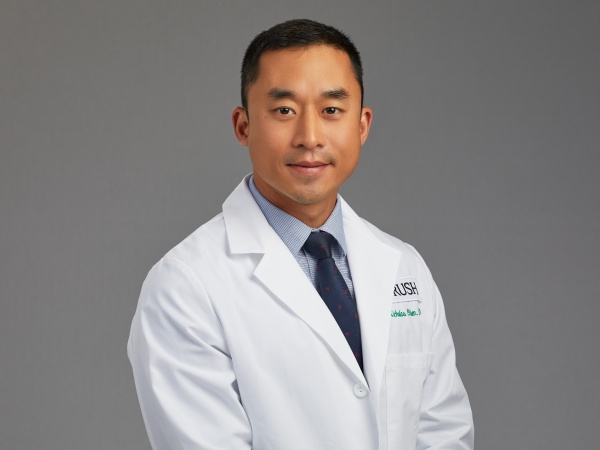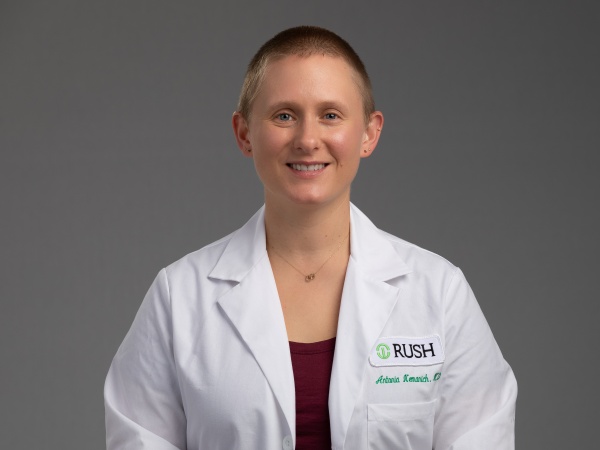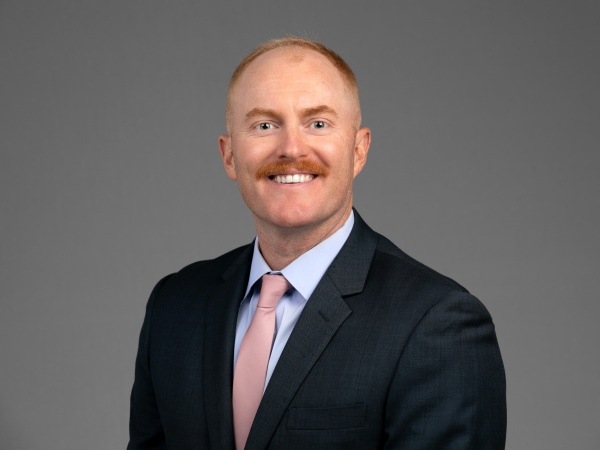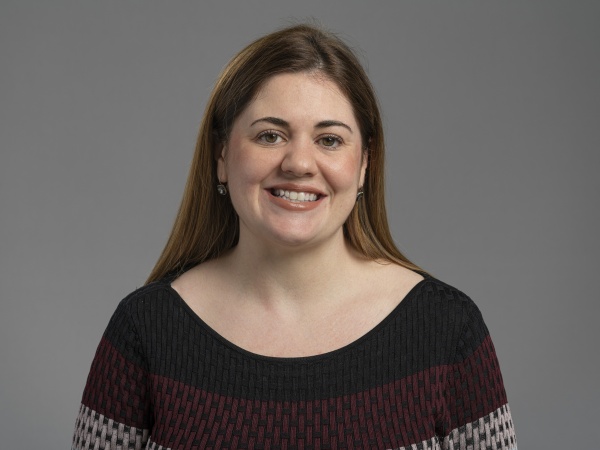
Director Substance Use Intervention Team
Director of Medical Toxicology
Assistant Professor in Emergency Medicine, Medical Toxicology and Addiction Medicine

Addiction Medicine Physician

Addiction Medicine Physician

Addiction Medicine Physician

Jon Schulz, PA-C
Physician Assistant

Emily (Cass) Casselbury, FNP-BC
Nurse Practitioner

Amanda (AJ) Creden Fairgrieve, LCSW
Licensed Clinical Social Worker

Emily McKernan, LCSW
Licensed Clinical Social Worker

Fatima Castro, LCSW
Program Manager - Substance Use Intervention Team
Licensed Clinical Social Worker
